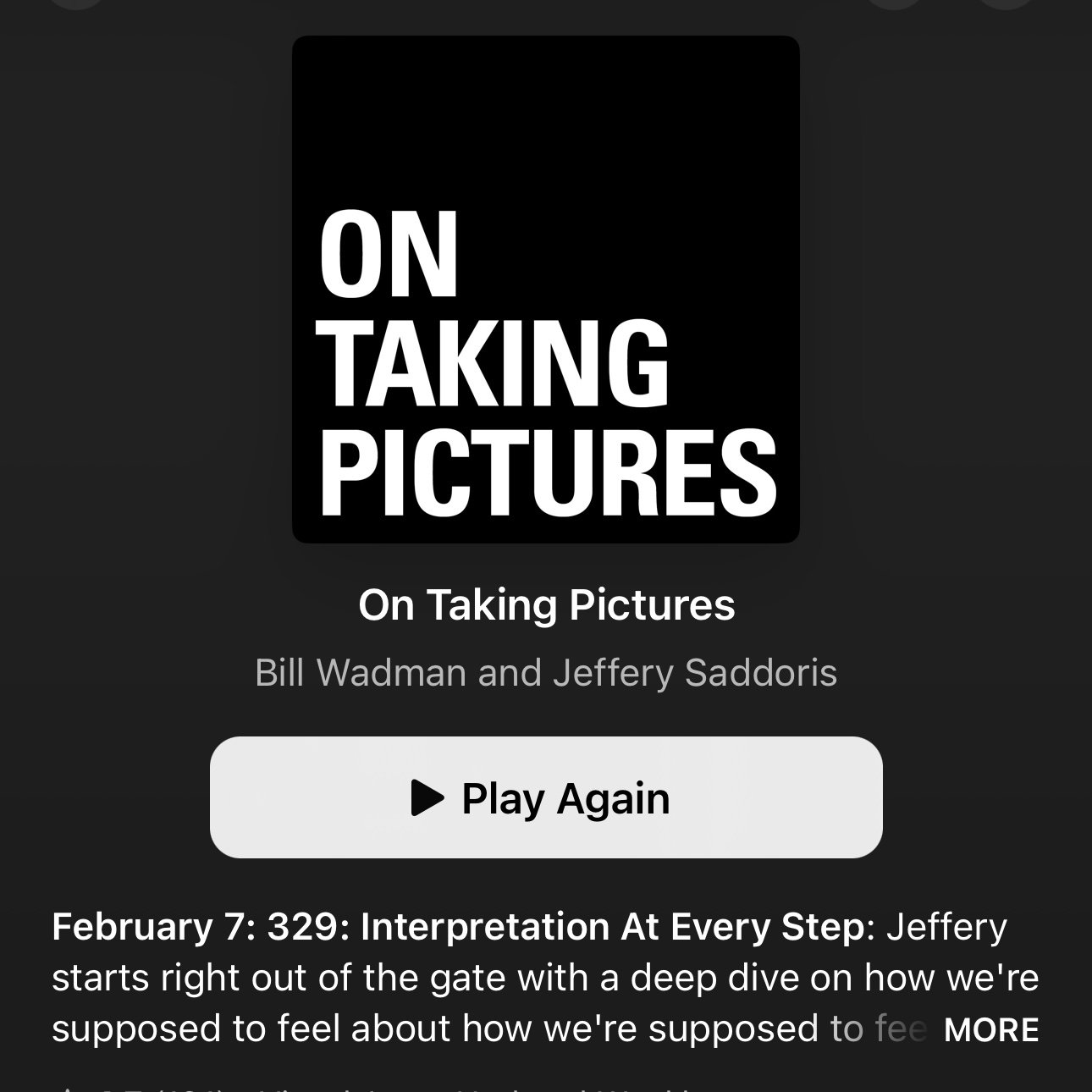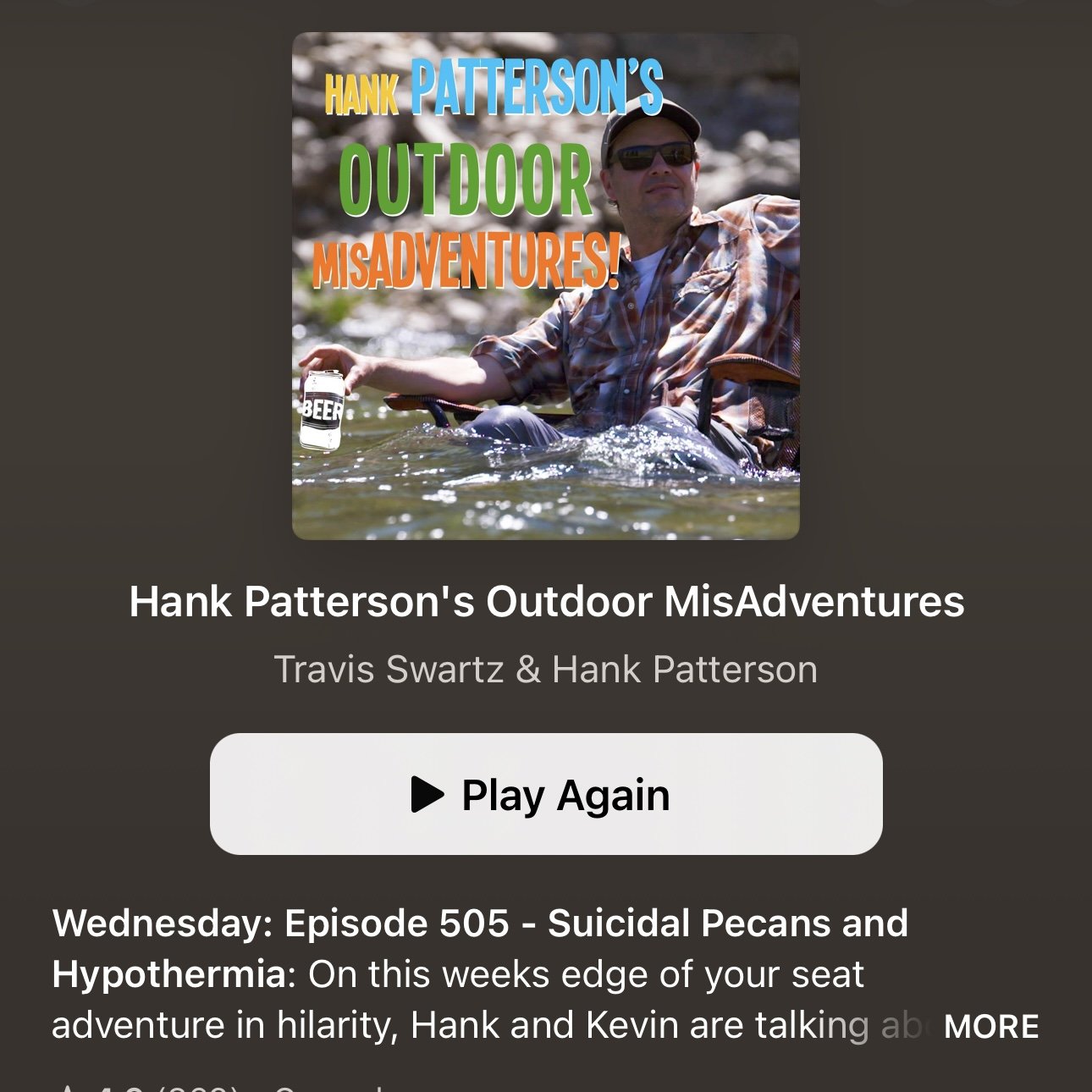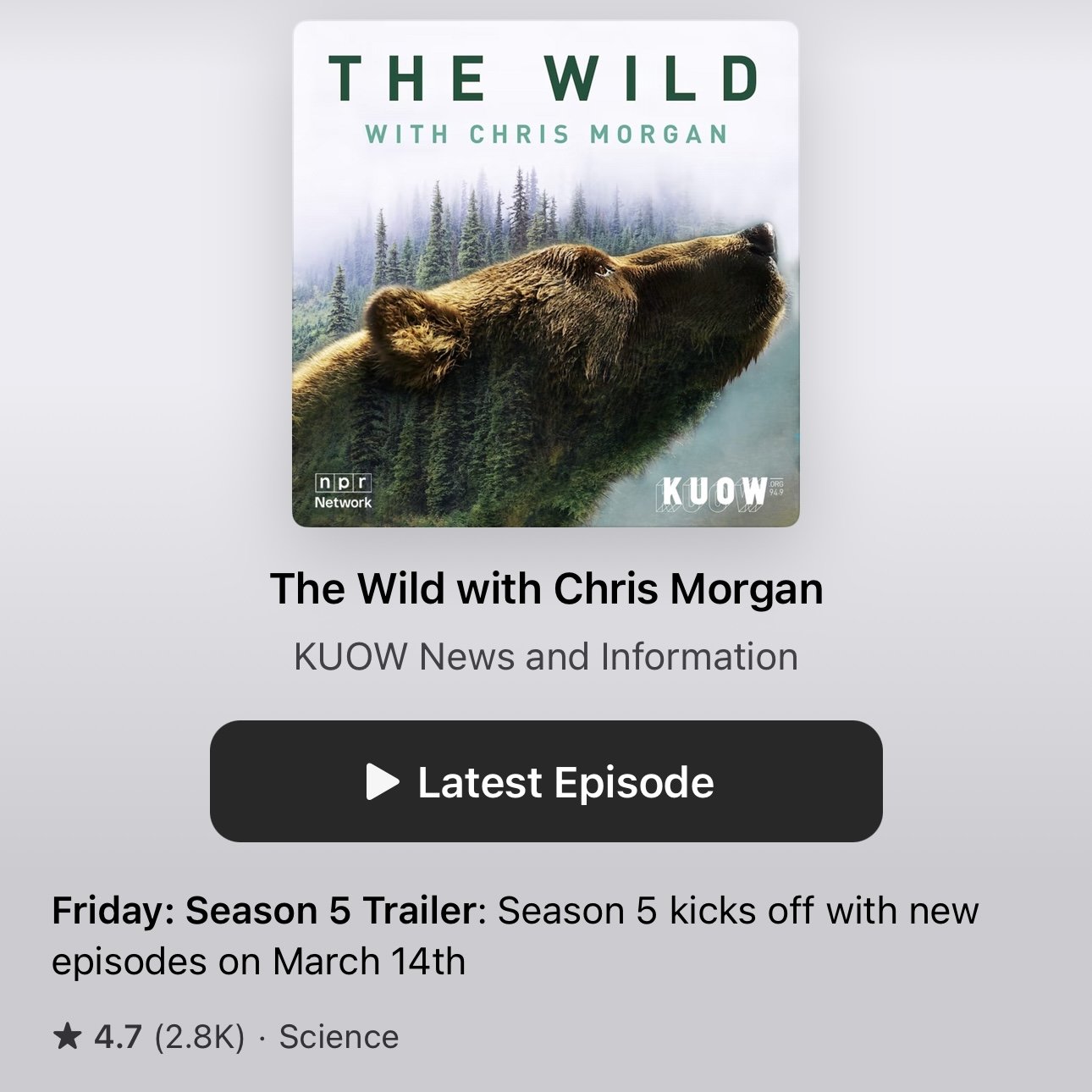I’m going to sell the 5x7. Something that only a few months ago I swore I would never do again. I was forever all in on the 5x7 train. I was committed to always keeping that format in my quiver, as I’ve long believed in using the appropriate tools for the job. “Whatever the Work requires” is what I’ve often said—a mindset that influences every body of work I take on.
I got into large format early in my college education, beginning with 4x5. But ever since I got my first 5x7 towards the end of 2003, it has been my favorite format. The negatives are just big enough to produce lovely, intimate contact prints, while the camera itself is still reasonably transportable—and by that I mean backpackable. (Though now, with lightweight 8x10 options being made by Chamonix and others, that point isn’t as significant as it once was—apart from the higher cost of those systems.)
Over the past 15 years, I’ve been in and out of the 5x7 format. When I decided not to continue my graduate degree, I quickly sold all my large format gear. Without access to a real—or even a decent home bathroom—darkroom, it didn’t make sense to keep it. But it wasn’t long before I regretted selling the 5x7. I wished I’d tried harder to make my apartment bathroom work, but I lived with that decision for a few years.
A couple of years ago I bought the camera that’s now the subject of this essay, and I swore, as I said at the start, that I was going to be in it forever—that that camera would remain in my possession until I die. I even began drawing up plans and cost estimates to convert part of my studio into a wet darkroom. I conceptualized a hand-built and even 3D-printed 5x7. Yet here I am, backing out of that commitment.
So what changed? What’s different about my decision this time? I have the space and structure to add a darkroom, so that’s not an excuse. And there are new innovations in darkroom equipment that make even a kitchen or bathroom workable.
Part of it is cost. Film isn’t getting any cheaper, and my favorite emulsion—Ilford Delta 100—is hard to come by, usually available only once a year through Ilford’s ULF program. I don’t shoot the 5x7 often, but it still stings when I look at film prices. Then there’s the chemistry: I tend to stockpile sheets before developing, sometimes going a year between sessions. By the time I get around to developing again, the chemistry is bad, and I have to buy or mix a whole new batch. You could argue that a dedicated darkroom would reduce that friction, and you’d be right—but I’m at least two years away from being able to dedicate the time and funds to such a renovation.
And if the Work truly demanded to be done in 5x7 film, shouldn’t I keep the equipment around? That’s the point I’ve wrestled with most in making this decision.
As much as I love 5x7, not all of my work requires that tool. Just look at my weaving work. I’ve imagined ways to incorporate the 5x7 into that process, but none have compelled me strongly enough to justify keeping the camera. Being honest with myself, most of what I’m making now—and nearly all of the potential projects bouncing around in my head—are equipment agnostic. I could use either my Nikon Z7 or a 5x7 and serve the Work equally well. Maybe not entirely agnostic, since my phone or drone don’t quite fit that argument, but still—I’ve been questioning where the 5x7 truly belongs in my practice.
Am I contradicting my philosophy of letting the Work determine the tools? Probably. Or maybe the practical difference between my 5x7 and my Nikon Z7 isn’t as great anymore. At least, not for my purposes.
For the past month, I’ve been contemplating this decision. And when, yesterday, I finally made it, it felt as if a burden had been lifted. I realized that by trying to let the tools inform my work, I was actually letting them have too much say—letting them dictate the terms. It had started to feel suffocating, as though I’d become subject to the tools rather than their master. They had become a restriction. I found myself looking at landscapes and thinking I couldn’t make an image because I’d brought the wrong camera, or I was out of film, or I didn’t have time to set up before the light was gone. The list of small obstacles grew longer each time.
But now I feel lighter. Planning trips will be simpler; I won’t stress about loading film holders at the last minute; and I won’t need to defend my camera choices as if they were moral positions.
I don’t intend to abandon film entirely—I’ll still use my 35mm cameras and may finally follow through on my plan to 3D print a 6x9 medium-format camera. I’ve been enjoying those a lot this year. And yes, I’ll miss ducking under the dark cloth, seeing the world projected upside down and backwards on the ground glass, and hearing that satisfying large-format shutter click. I’ll miss the discipline the process demands. I always try to bring that same mindfulness to digital work, but there’s still, inevitably, a gap.
Even so, I can’t help but feel freer—less pressure to justify my tools and more room to focus on the Work itself. In the end, it isn’t about choosing between 5x7 and digital. It’s about choosing freedom—the freedom to make the work that calls to me, unburdened by what used to feel essential.












